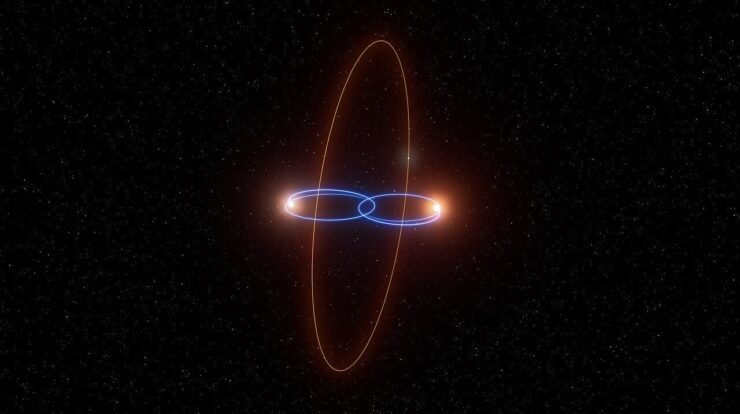
A celestial body revolving around its dual parent stars at an acute 90-degree inclination has been verified. This finding contradicts established theories regarding planetary formation and movement within the universe. It also underscores that outer space continues to surprise us with new phenomena.
The planet—which has been named 2M1510 (AB) b—orbits a binary system consisting of two stars.
brown dwarfs
These are celestial bodies more massive than gas giants yet fall short of being full-fledged stars—specifically, brown dwarfs. They create an eclipsing binary system where they revolve around each other in a manner that causes them to periodically cross paths from our perspective here on Earth. The fascinating aspect is that this planet’s orbit is almost at right angles to the orbital plane of these brown dwarfs.
Only the second-known planetary system with an eclipsing binary of brown dwarfs, this unusual setup also marks the first time a planet on a polar orbit has been observed. This celestial body moves akin to a spinning wheel around the axis defined by the movement of its dual stellar parents. Its detection has ignited new inquiries into the processes behind planetary formation and stability in these unconventional orbits.
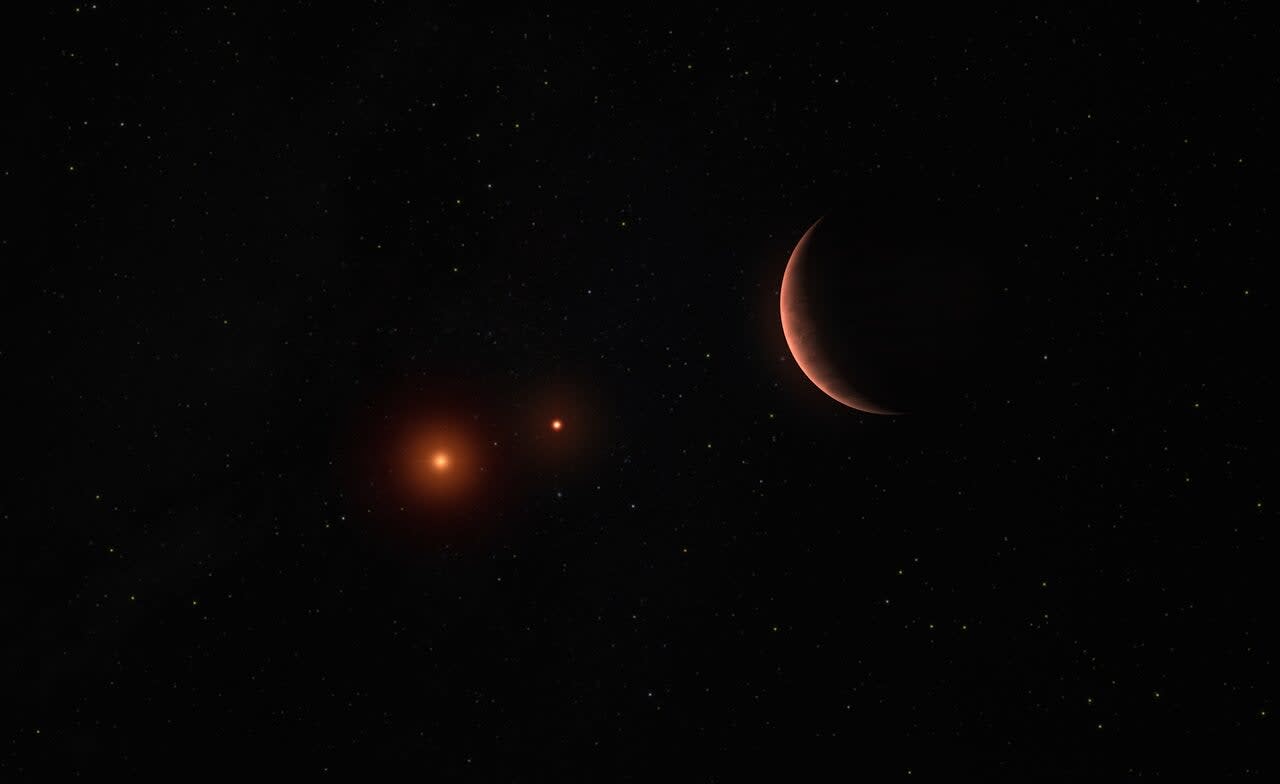
A One-of-a-Kind Discovery
The pair of brown dwarfs in question, collectively referred to as 2MASS J15104786-2818174 or more succinctly as 2M1510, were first identified back in 2018. This discovery was made through the
SPECULOOS project
(Search for habitable Planets EClipsing ULtra-cOOl Stars), which is based at the Paranal Observatory in Chile.
These two brown dwarfs have nearly identical masses, with each one being slightly above 3% of our sun’s mass. It takes them roughly 21 days to finish their orbit around each other, which has an elliptical shape. These objects sit approximately 250 astronomical units away from another solitary brown dwarf, complicating the dynamics within the system further. Introducing a potential planet into this scenario adds yet another layer of intrigue.
The system is part of the Argus moving group, which consists of youthful stars approximately 45 million years old. This classification significantly enhances its importance because young binary brown dwarfs similar to 2M1510 provide researchers with crucial data for refining theories regarding their development.
Related Stories
・
Scientists uncover a planet featuring massive dust trails disintegrating into nothingness.
・
Researchers discover that Earth-like exoplanets are widespread throughout the cosmos.
・
JWST captures first views of a planet swallowed by a star in real time
The significant discovery happened when researchers utilized the Very Large Telescope (VLT) located in Chile to study the orbits of the pair of brown dwarfs. These astronomers noticed minor discrepancies—small gravitational nudges—which suggested the influence of another body.
“We noticed the orbits of the two brown dwarfs around one another were being delicately affected,” explained Dr. Lalitha Sairam, now at the
University of Cambridge
. She developed a new data analysis method that improved measurement precision by a factor of 30. That precision made it possible to notice what others had missed.
Following a Polar Path
Typically, planets revolve around their host stars within approximately the same orbital plane. The majority of the 16 identified circumbinary planets—which means they circle two suns—adhere to this coplanarity principle. These discoveries were primarily made through NASA’s Kepler and TESS space observatories utilizing the transit technique, where variations in stellar brightness occur when a planet moves across the face of one of its stars.
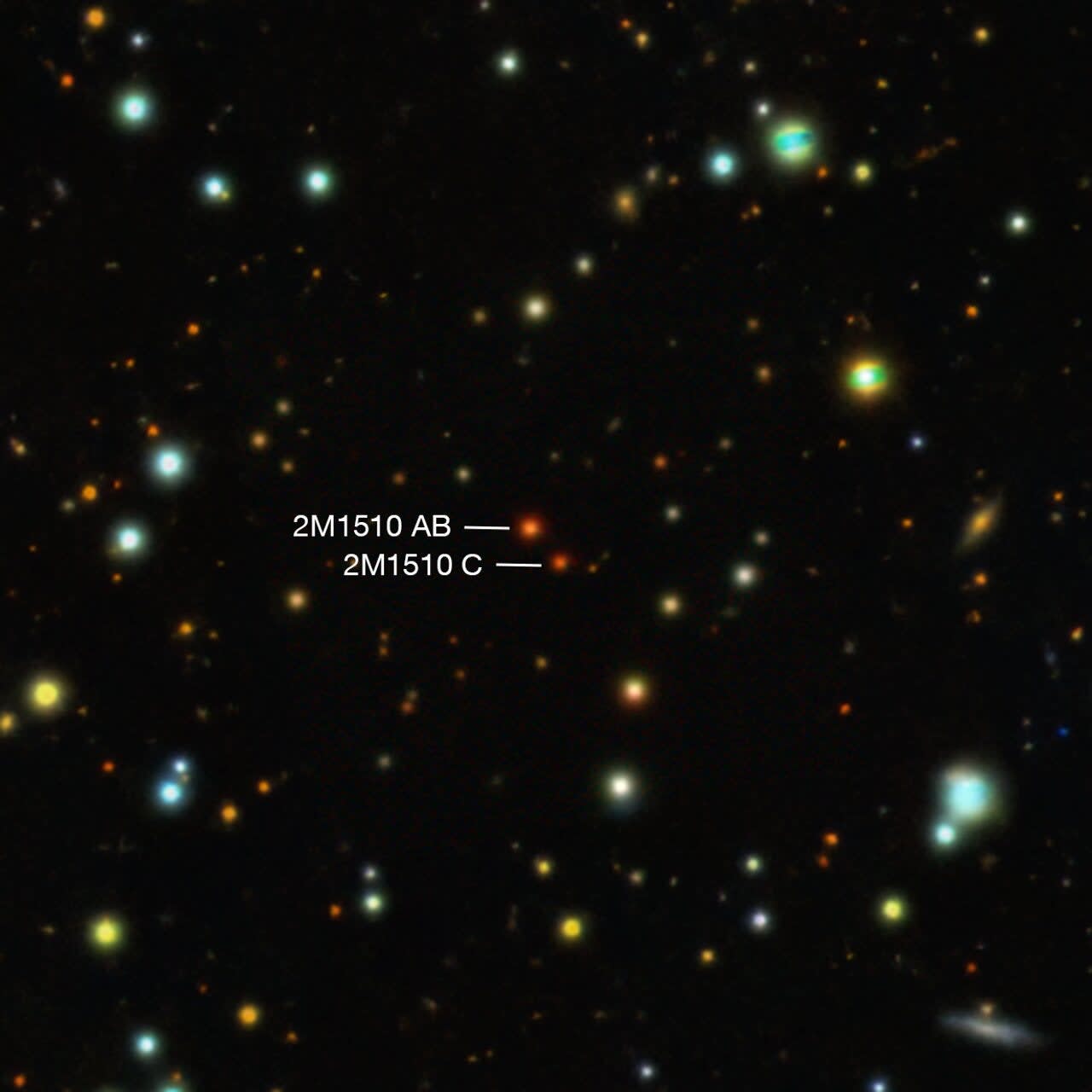
However, 2M1510 (AB) B challenges this paradigm. The planet follows a path that lies at right angles to the orbital plane of its host stars—an arrangement referred to as a polar orbit. Astronomers have long hypothesized that these types of orbits might be viable, particularly for binaries with significantly elongated trajectories. Additionally, in certain instances, rings of gas and debris surrounding such stars were observed positioned pole-to-pole. Nonetheless, up until recently, no definitive evidence existed of an actual planet residing in such an alignment.
“We had indications that planets with perpendicular orbits around binary stars might exist, but up till now we didn’t have concrete proof,” stated Thomas Baycroft, a PhD student at the University of Copenhagen.
University of Birmingham
Who headed the research? “After examining every potential scenario, we found that the sole explanation aligning with our observations is if a planet exists in a polar orbit around this binary system.”
Baycroft’s team published their discoveries in
Science Advances
Their study indicates that the unusual movement seen in the 2M1510 system can be accounted for solely by the existence of a third object — a planet exerting gravitational influence on the pair of stars at play here.
This slight effect known as apsidal precession pertains to the gradual change in the alignment of celestial bodies’ orbits with time. Similar to how Earth’s rotational axis experiences a minor wobble over thousands of years, here we see the precession occurring in an opposite direction, also referred to as retrograde motion. This phenomenon serves as evidence for what would be expected from a planet circling around at the poles.
Why This Matters
The identification of 2M1510 (AB) b introduces more than merely adding another entry into the exoplanet registry; it compels researchers to reconsider theories regarding planetary formation and habitable zones. Up until this point, prevailing models posited that planets typically emerge from flat, rotating disks of gas and debris parallel to their star’s equator. A polar orbit was considered improbable.
Nevertheless, over time, astronomers have identified multiple polar gas and debris disks surrounding binary star systems. In at least one instance, evidence of dust development was observed.
planet formation
The process was already in motion. Additionally, researchers proposed that when stars merge within binary systems, they might eject planets onto orbits at inclined angles.
However, until recently, nobody had observed a completely developed planet on this kind of orbit—but now they have.
“A world circling not only a double star system but also two brown dwarfs, all within a polar orbital path, is truly remarkable and thrilling,” stated Professor Amaury Triaud, who co-authored the research at the University of Birmingham.
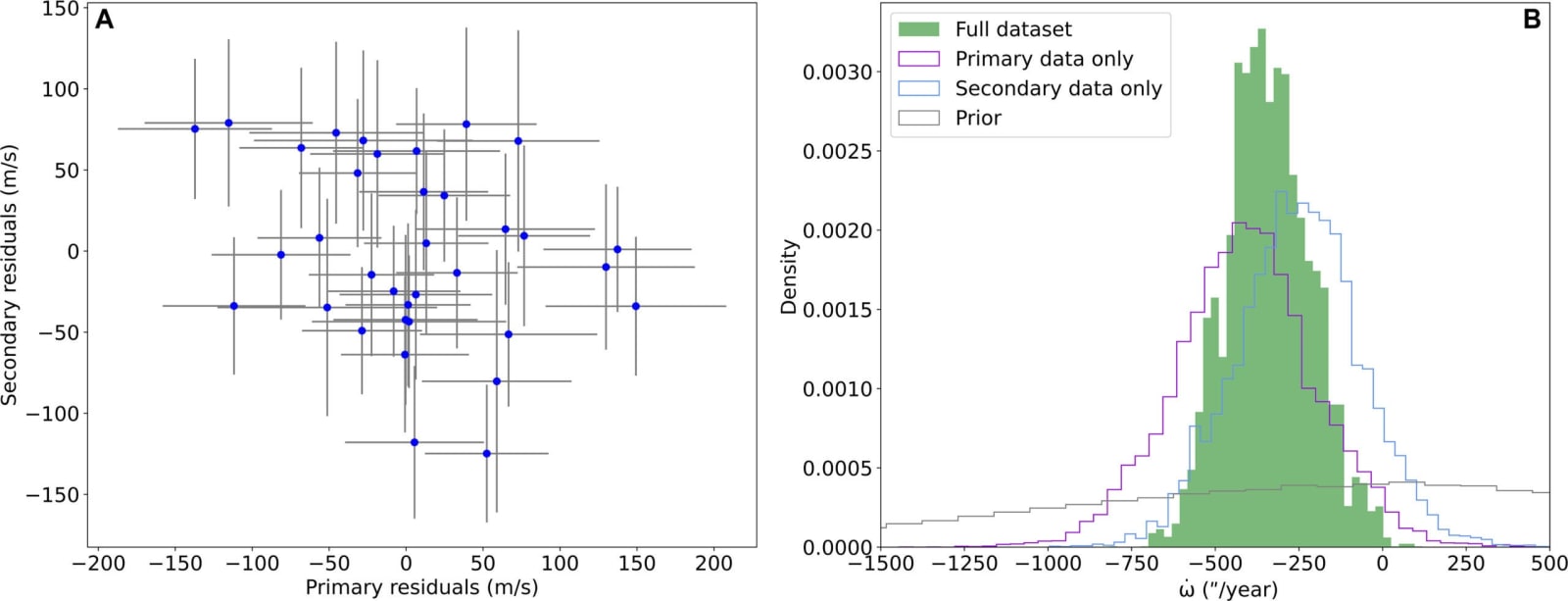
What’s more, this was not even the original goal of the team’s work. “The discovery was serendipitous, as our observations were not collected to seek such a planet,” said Triaud. “As such, it is a big surprise and shows what is possible in the fascinating universe we inhabit.”
New Tools, New Frontiers
The tools that made this find possible are part of a larger trend in astronomy. The radial velocity method—measuring tiny changes in a star’s motion due to the pull of an
orbiting planet
—is becoming more precise. In fact, this same method helped confirm three other circumbinary planets in recent years: Kepler-16b, TIC 172900988 b, and BEBOP-1c.
For every instance, astronomers determined the movement of a star as it oscillated because of the gravitational influence from an orbiting planet. There were also cases where they utilized the speed of apsidal precession to gauge a planet’s mass. Such innovative approaches enable researchers to identify planets that do not align with their host stars for observation and thus remain undetectable through traditional transit methods.
With advancements in technology, astronomers anticipate discovering additional unusual planets such as 2M1510 (AB) b. Some of these might adhere to even more eccentric orbits, providing fresh insights into the diversity of planetary systems.
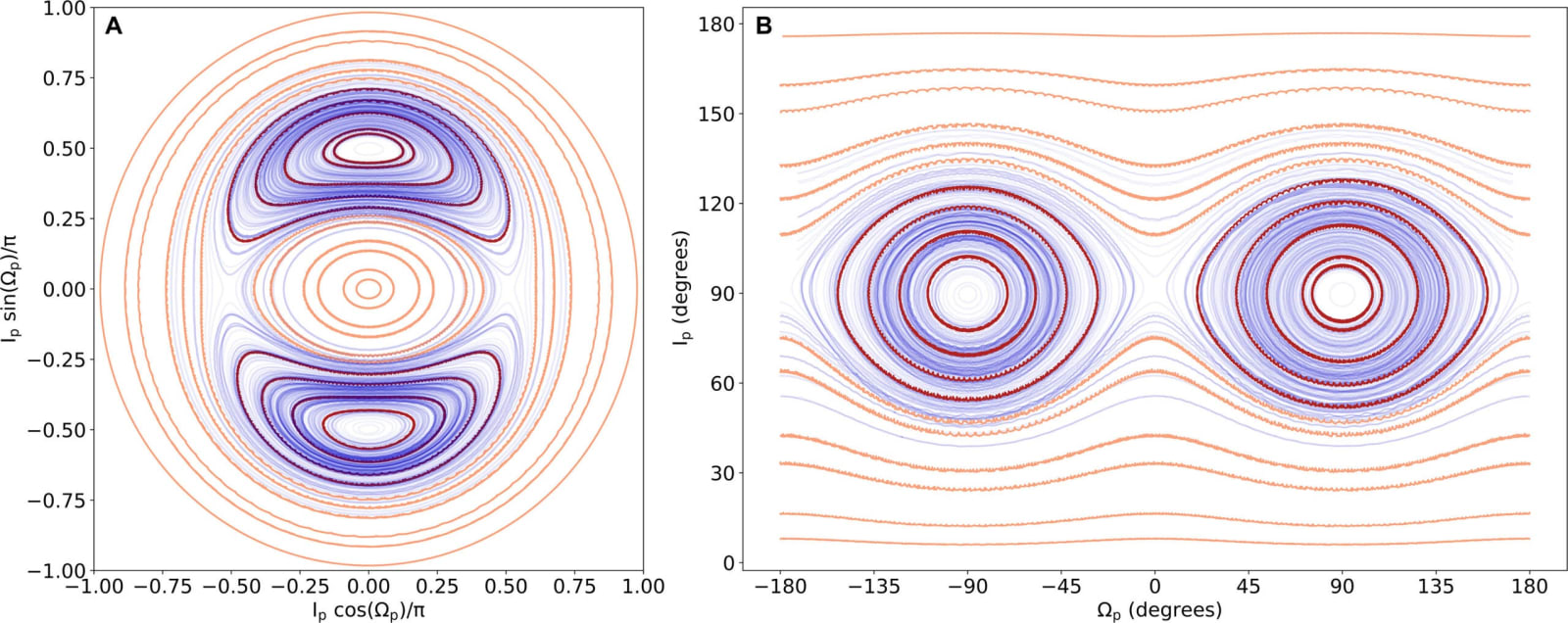
This finding also highlights the importance of curiosity-driven research. Baycroft and his team were not explicitly searching for
polar planets
However, their efforts have caused a significant change in our understanding of planetary paths.
And maybe, somewhere within the vastness of the galaxy, there exists a distant planet where an observer could be gazing at two suns rising overhead—pondering whether their world might also be one-of-a-kind.
It seems like you might have intended to provide an article for me to paraphrase. Could you please share the content of the article so I can assist you with paraphrasing?
The Cheerier Aspect of Journalism
.
Enjoy heartwarming tales? Check this out!
The Cheerier Corner of Journalism Newsletter
.





